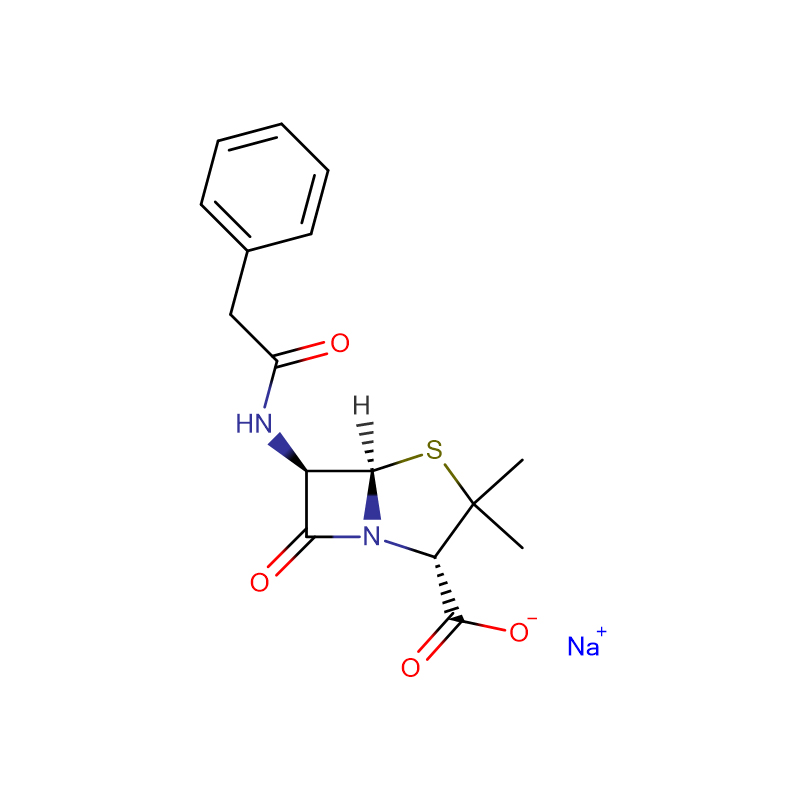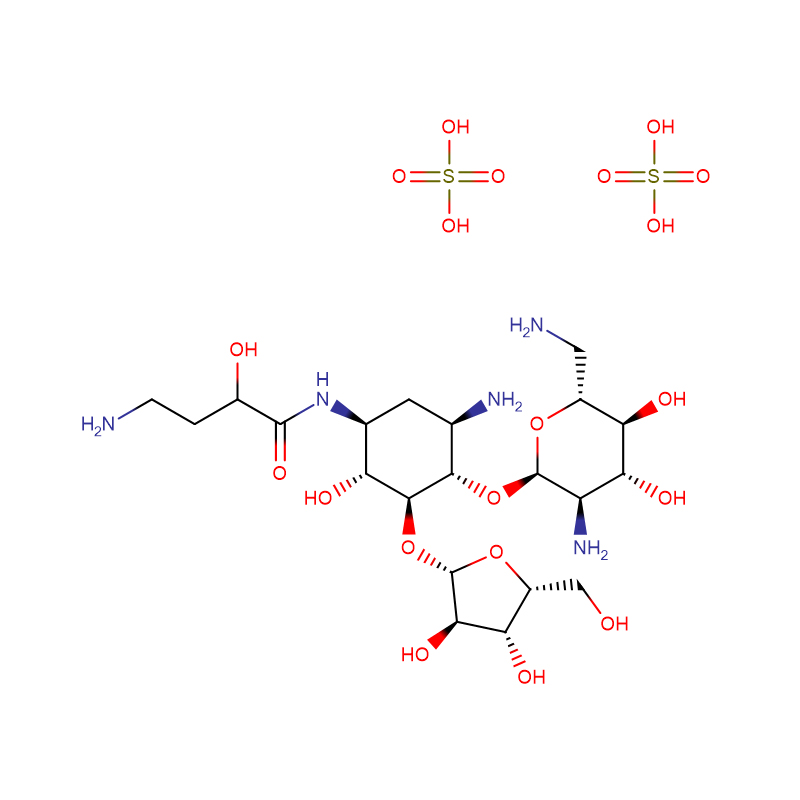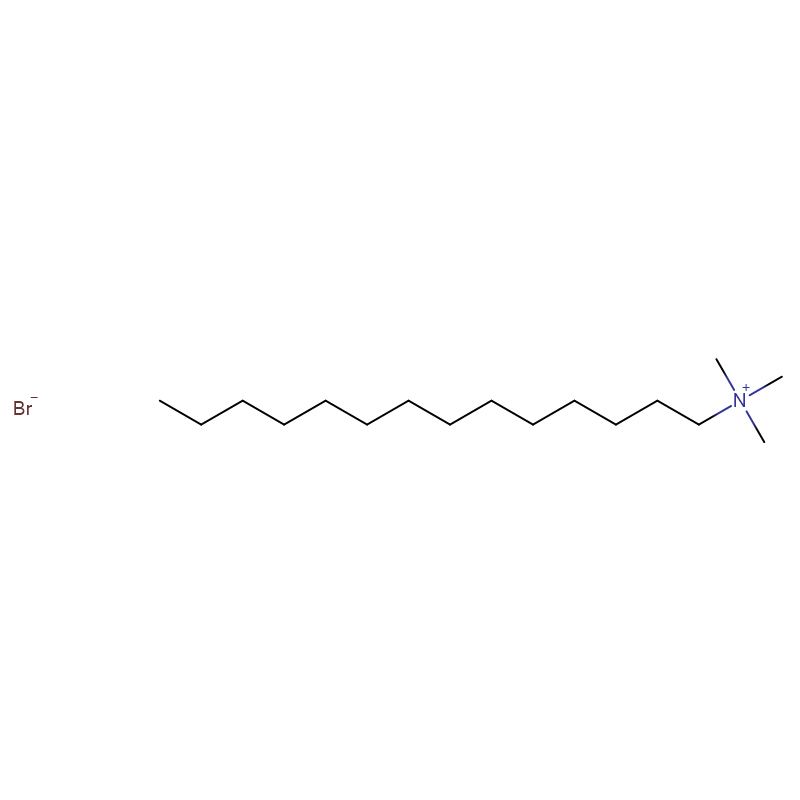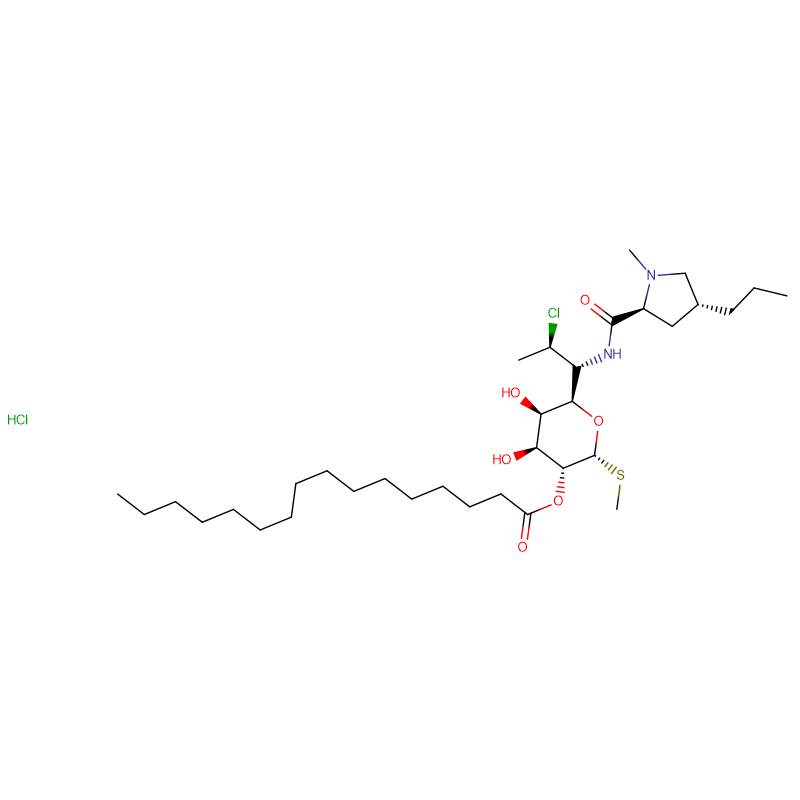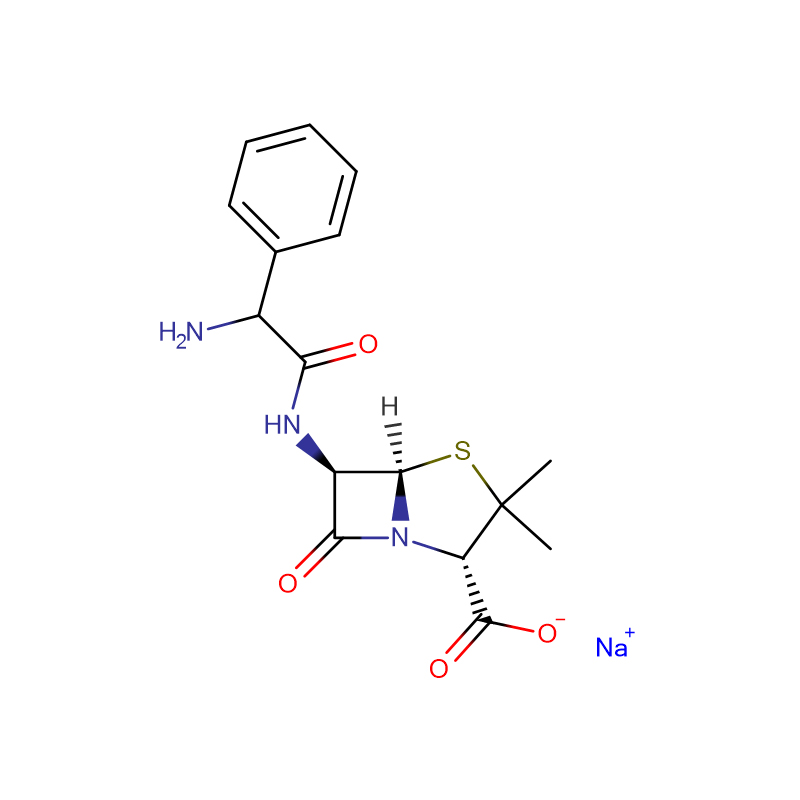Penicillin G sodium salt (Benzylpenicillin sodium salt) Cas: 69-57-8
| Catalog Number | XD92322 |
| Product Name | Penicillin G sodium salt (Benzylpenicillin sodium salt) |
| CAS | 69-57-8 |
| Molecular Formula | C16H17N2NaSO4 |
| Molecular Weight | 356.37 |
| Storage Details | 2 to 8 °C |
| Harmonized Tariff Code | 29411000 |
Product Specification
| Appearance | White to off-white powder |
| Assay | 99% min |
| pH | 5-7.5 |
| Loss on Drying | <1.0% |
| Colour | <1 |
| Specific optical rotation | +285° - +310° |
| Clarity | <1 |
| Potency | >1600u/mg |
| Total Impurities | <1.0% |
| Bacterial endotoxins | <0.10IU/mg |
| Polymer of penicillin | <0.08% |
| Insoluble Particles | >10um:<6000, >25um:<600 |
| Absorbance 280nm | <0.1% |
| Visible Foreign Matter | <5/2.4g |
| Absorbance 264nm | 0.8 - 0.88% |
| Absorbance 325nm | <0.1% |
Penicillin is still widely used today because of its strong antibacterial effect, high efficacy and low toxicity. Penicillin is an organic acid that can combine with a variety of metals to form salts, usually sodium or potassium salts. Penicillin can be removed by chemical lysis of the acyl group to form 6-APA (6-aminopenicillanic acid), which is the intermediate of various semisynthetic penicillins.
1. For pharyngitis, scarlet fever, cellulitis, suppurative arthritis, pneumonia, puerperal fever and septicemia caused by group a beta-hemolytic streptococcus, penicillin G has a good effect and is the preferred drug.
2. Used to treat other streptococcal infections.
3. Used to treat meningitis caused by meningococcal or other sensitive bacteria.
4. Used to treat gonorrhea caused by gonococci.
5. Used to treat syphilis caused by treponema pallidum.
6. Used to treat the infection caused by gram-positive bacteria.


